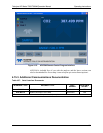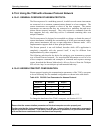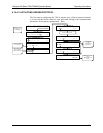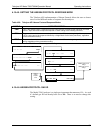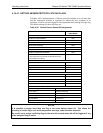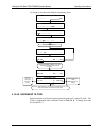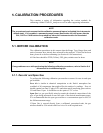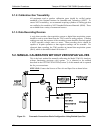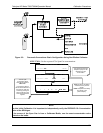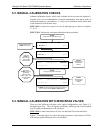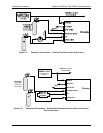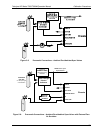
169
5. CALIBRATION PROCEDURES
This contains a variety of information regarding the various methods for
calibrating a Model T360 CO
2
Analyzer as well as other supporting information.
NOTE
The procedures herein assume that the calibration password feature is disabled (the instrument’s
default state). If it is enabled, a password prompt screen (See Section 4.9) will appear after the
CAL, CALZ or CALS buttons are pushed but before the instrument enters the associated
calibration mode.
5.1. BEFORE CALIBRATION
The calibration procedures in this assume that the Range Type, Range Span and
units of measure have already been selected for the analyzer. If this has not been
done, please do so before continuing (see Section 4.8 for instructions).
All Gas lines should
be PTFE (Teflon), FEP, glass, stainless steel or brass.
NOTE
If any problems occur while performing the following calibration procedures, refer to Section 8 of
this manual for troubleshooting tips.
5.1.1. Zero Air and Span Gas
To perform the following calibration you must have sources for zero air and span
gas available.
Zero Air is similar in chemical composition to the Earth’s atmosphere but
scrubbed of all components that might affect the analyzer’s readings. Zero air
should contain less than 25 ppb of CO
2
and other major interfering gases such as
CO and Water Vapor. It should have a dew point of -5C or less
Span Gas is a gas specifically mixed to match the chemical composition of the
type of gas being measured at near full scale of the desired measurement range.
It is recommended that the span gas used have a concentration equal to 80% of
the full measurement range.
If Span Gas is sourced directly from a calibrated, pressurized tank, the gas
mixture should be CO
2
mixed with Zero Air or N
2
at the required ratio.
07272B DCN6552



